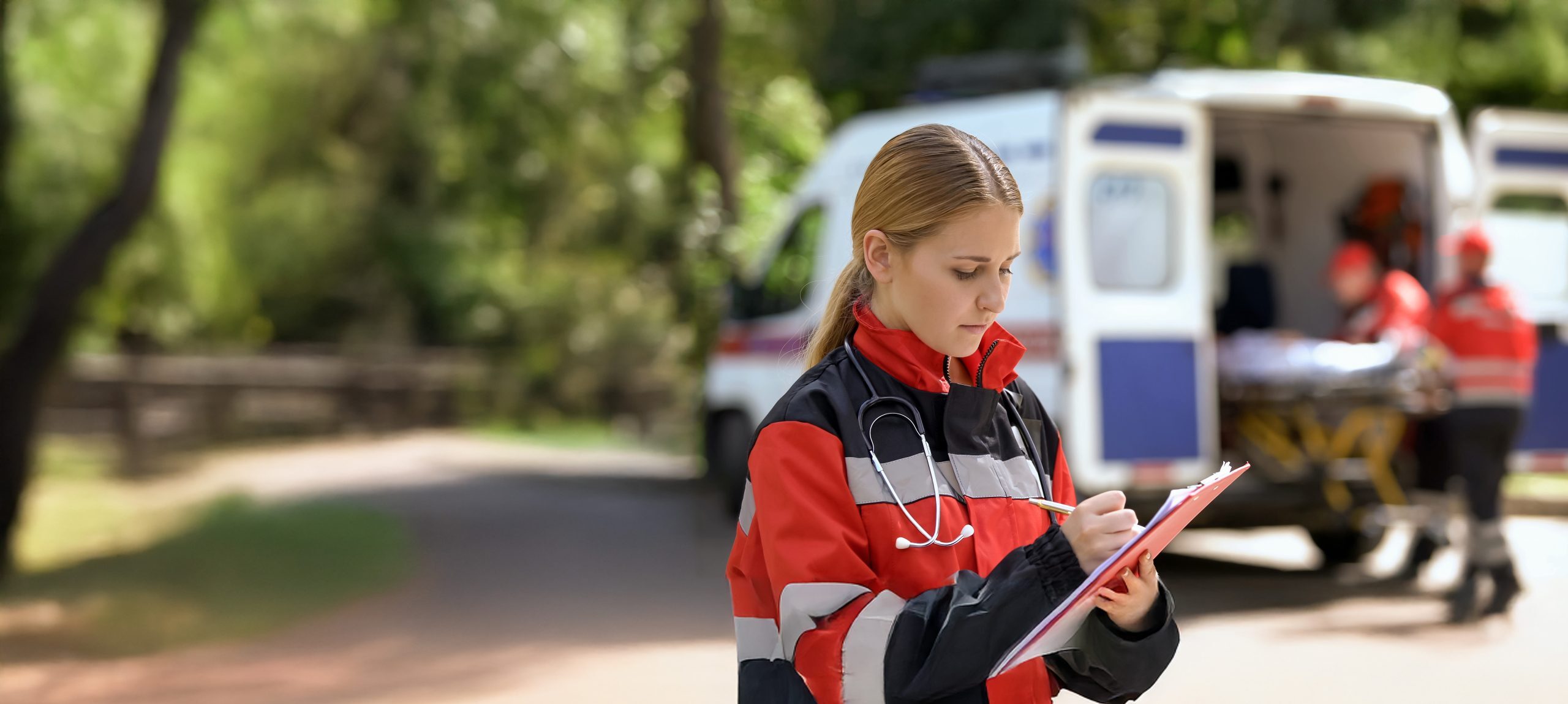When you call 911, you expect help to arrive fast - but not all emergencies are treated the same, and not all locations see the same response speeds. From the nature of the emergency itself to external challenges like traffic, weather, and location, many elements influence how fast first responders can arrive. Understanding these factors reveals how emergency services operate, making it easier to recognize where delays might occur - and why. Having this information will give you clearer expectations about how emergency response situations can unfold and even be able to take small steps to assist responders when seconds count. Knowing what affects response times could ultimately help save lives - including your own or your loved ones'.
Determining urgency in dispatch
Emergency calls are triaged based on the severity and type of incident. This system of prioritization is essential because resources are often limited, especially during busy periods or large-scale emergencies. High-priority calls - such as cardiac arrests, active shootings, major vehicle collisions, or structure fires - receive the fastest response. Medium-priority situations may involve serious but non-life-threatening injuries, while low-priority calls typically include non-emergency medical issues or property damage without injuries.
Dispatchers use protocols to determine the nature of the emergency and assign an appropriate response level. In some cities, specially trained Emergency Medical Dispatchers (EMDs) use a structured questioning system to ensure accuracy and consistency. A protocol like the Medical Priority Dispatch System (MPDS) guides EMDs through a series of questions to gather important information from callers and determine the appropriate level of response.
Delays and how they're handled
Despite prioritization, several external factors can delay response times:
Traffic congestion
Urban areas often face heavy traffic, especially during rush hours. Emergency vehicles use lights and sirens, and drivers are legally required to pull over, but in dense areas, clearing a path isn't always easy. To manage this, some cities use traffic signal preemption, where emergency vehicles trigger green lights to clear intersections.
Severe weather
Snow, ice, flooding, and storms can slow down response vehicles or make certain roads impassable. To manage this, emergency services often have weather-specific protocols, like deploying vehicles with four-wheel drive or coordinating with road maintenance teams.
Dispatch and communication errors
Mistakes in call-taking or miscommunication between dispatchers and responders can cause delays. To pre-empt these sorts of problems, many 911 centers are adopting improved CAD (Computer-Aided Dispatch) systems and GPS tracking to streamline routing and ensure accuracy.
Scene safety concerns
If a situation poses a risk to responders - such as an active crime scene or hazardous materials - they may need to wait for police response or special equipment before entering. While this might cause a delay in response, being adequately prepared to respond to a scene is always a priority, because it's the best way to ensure effective care, as well as help mitigate additional damage or injuries.
Hospital closures
Unfortunately, hospital closures are on the rise. Recent research from the American Hospital Association indicates over 100 hospitals closed in just a 4 year span. Less hospitals means ambulances have to travel a longer distance to take patients to the appropriate healthcare facility, which means one fewer ambulance available to dispatch in the area.
Insight from a paramedic
If a hospital closes, that puts stress on the entire system. Driving to the site, assessing the situation, caring for the patient, dropping them off, driving back, restocking the ambulance as needed - that all makes for a long ride.
Will Winters
Paramedic
VP of Broker & Strategic Partnerships, MASA Group Business
Urban, suburban, and rural differences
Emergency response times can vary significantly depending on location:
Urban areas
Cities usually have the fastest response times due to a higher density of stations and responders. However, traffic and congestion can slow response times. In a recent survey of first responder agencies, more than 41% reported that traffic congestion was the biggest challenge in improving response times. Even tall buildings - which may have broken or delayed elevators, requiring the use of stairs - can sometimes hinder access.
Suburban areas
These areas often strike a better balance. While there's less traffic than in cities, emergency services may have to cover larger service areas, leading to possible longer wait times.
Rural areas
Response times tend to be the longest in rural areas. Limited staffing, long distances between incidents and stations, and fewer resources all contribute to delays. In rural regions, it's not uncommon for volunteer fire departments or part-time EMS workers to cover vast territories, which can significantly affect availability and speed.
Efforts to shorten response times
There have been several innovations in 911 response systems that are helping to improve response times, enhance efficiency, and provide more accurate information during emergencies. Alongside tools like the Next Generation 911 (NG911) texting system, CAD systems, GPS tracking, and traffic signal preemption which are becoming more widespread, here are some of the other key advancements:
Automatic Location Identification (ALI)
ALI technology helps dispatchers pinpoint the exact location of a caller more accurately, especially for mobile phone calls. This is crucial for reducing response times, especially in areas where street addresses may be unclear or difficult to locate.
Drones for aerial assessments
In some areas, drones are being used to quickly assess emergency scenes, such as fires or large accidents. Drones can relay live video feeds back to dispatchers and responders, allowing them to better prepare before arriving on scene.
Wearable technology
Many first responders now wear smart devices that track their vitals and movements in real-time. This data is sent directly to dispatch centers, allowing for better coordination, improved safety for responders, and more informed decisions.
AI-powered dispatch and triage systems
Some emergency centers are integrating artificial intelligence to assist dispatchers in prioritizing calls based on severity. AI systems can analyze the nature of a call, medical conditions, and environmental factors to recommend the best course of action and even suggest appropriate resources.
Crowdsourced data for traffic and road conditions
Apps that provide real-time traffic updates created from user-contributed information are now being integrated into some 911 systems. This allows dispatchers and responders to receive real-time road conditions and adjust routes to avoid delays caused by accidents, construction, or congestion.
Virtual Emergency Medical Dispatch (EMD)
Virtual EMD services allow dispatchers to provide remote life-saving instructions over the phone, such as guiding someone through cardiopulmonary resuscitation (CPR). This technology empowers bystanders to help in emergencies until responders arrive.
Integrated public safety networks
Public safety communications are increasingly being integrated across various emergency services, including fire, police, and EMS. Unified systems ensure that information can be shared quickly among all relevant departments, speeding up the overall emergency response process.
These innovations not only improve the efficiency of 911 services but also enhance overall public safety by ensuring faster, more accurate responses during critical situations.
Never hesitate to make the call
Should you find yourself in an emergency situation, the most important thing for you to remember is to never hesitate to call 911 for help. The quicker you can make the call; the quicker help can begin. 911 systems aim to provide rapid assistance to those in need, despite the many variables - from call type to weather - that can impede critical help.
As a MASA member, you can rest easy making the call because your membership provides you with protection, wherever life takes you. You can rely on MASA to provide benefits for your emergency medical transport expenses, plus connect you with expert coordination services if you need them later in your care. Want to find out more about your specific plan benefits? Visit the MASA app or the online member portal to view your coverage terms.



